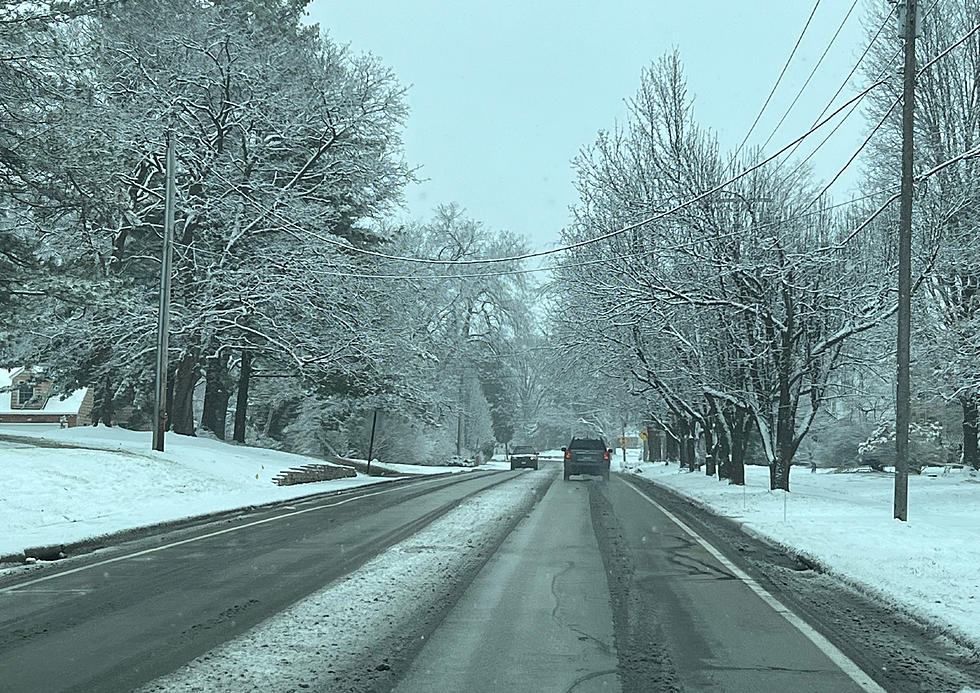
Massive Winter Storm May Bring 6+” of Snow to Illinois By This Weekend
Don't let your guard down with temperatures in the 50s the past couple of days, because another potential winter storm is brewing out west and it's headed our way.
According to the current extended forecast from the Weather Channel, high temperatures will be in the 50s again on Wednesday (3/1) throughout northern Illinois but will drop into the upper 30s on Thursday before a potential winter storm moves into the region.
How much snow will Rockford get with this storm?
The current Weather Channel forecast for Rockford has a rain and snow mixture beginning late on Thursday night (3/2), then periods of snow and wind on Friday with snow accumulations of 3 to 5 inches possible.
According to the forecast from the National Weather Service, the snow is expected to begin in Rockford after 9 pm Thursday (3/2) and continue into Friday morning. A rain and snow mix is likely through the day on Friday, with another 20 percent chance of snow on Friday night.
The high temperature in Rockford is supposed to be in the upper 30s on Friday (3/3) so whatever snow we do get won't stick around long. Temperatures are expected to rebound into the 40s on Saturday and Sunday around the Rockford region.
Will Chicago get any snow from this winter storm?
The current Weather Channel forecast for the Chicagoland area predicts this storm to be more of a rainmaker, with less than an inch of snow accumulation predicted for Friday.
Temperatures in Chicago will be back in the lower to mid-40s on Saturday, Sunday, and Monday, according to the Weather Channel.
Flood Watch is in effect for rivers in the Rockford region
The National Weather Service has a River Flood Watch in effect for the Pecatonica River near Shirland and the Rock River at Latham Park and at Rockton.
